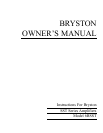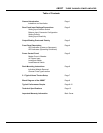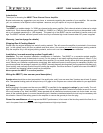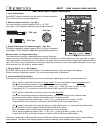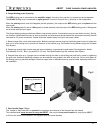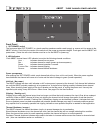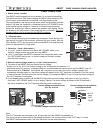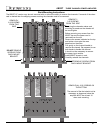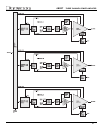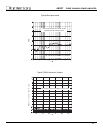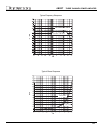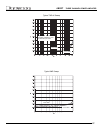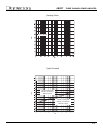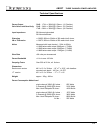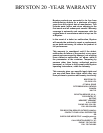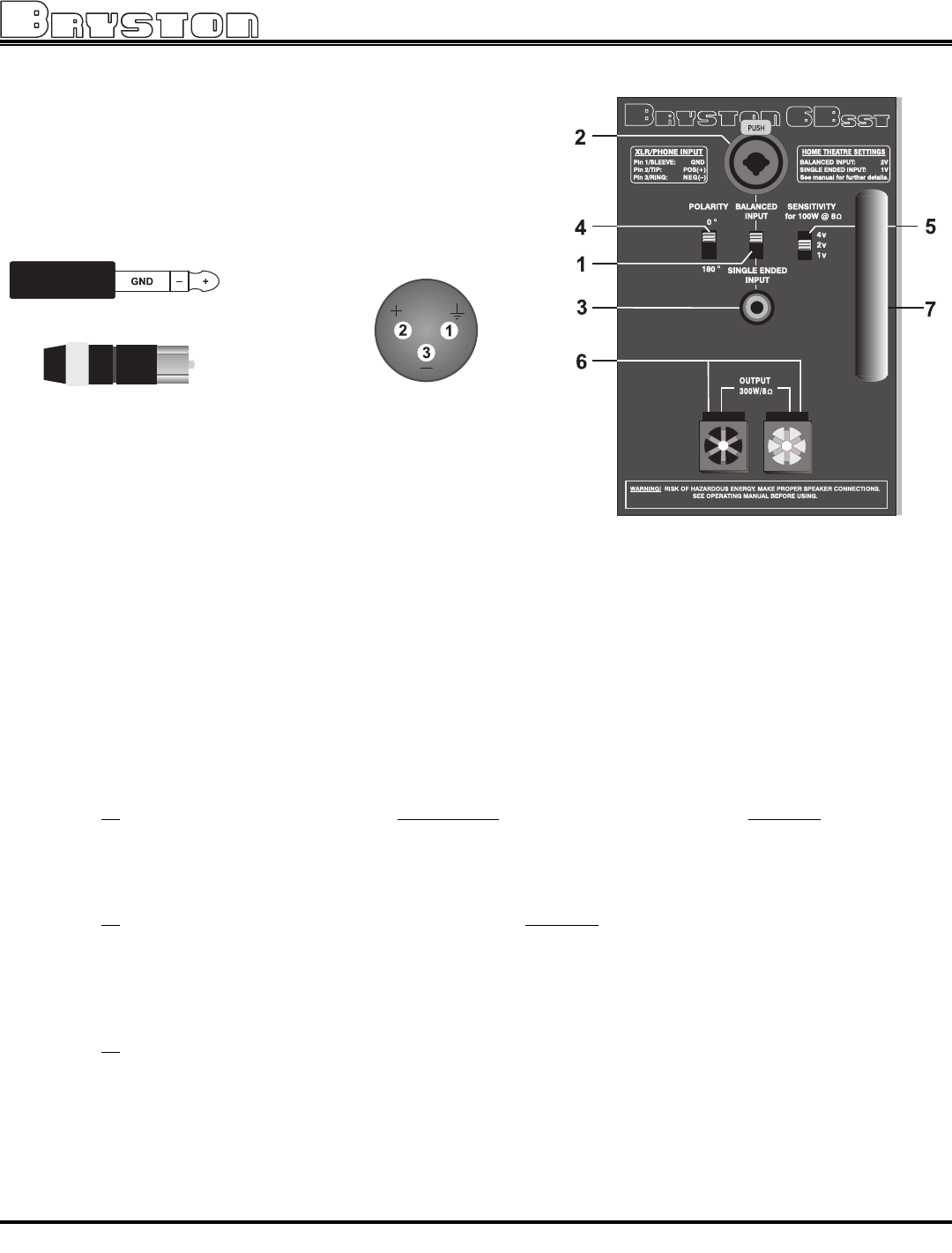
6BSST THREE CHANNEL POWER AMPLIFIER
2
Rear Panel Input / Output Connections
1. Input Select Switch.
Each 6BSST channel gives the user the option of switching between
either balanced input or single ended input.
2. Balanced Input connector. ( Imp. 20k )
This input connector accepts standard ‘XLR’ or 1/4” TRS .
Use quality, 100% shielded cables with gold plated connectors.
‘XLR’ type
‘TRS’ type
‘RCA’ type
3. Single Ended Input. ( Un-balanced input ) ( Imp. 50k )
This input connector accepts standard ‘RCA’ or ‘Phono’ connectors.
Use quality, 100% shielded cables with gold plated connectors.
Balanced input Vs Single ended input:
The balanced input requires a balanced pre-amp source. Balanced
systems provide noise protection from external electrical interference, so cable length can be very long (50m or longer ).
The single ended or unbalanced input is provided for pre-amps without balanced output. Single-ended cables should be
kept to 20’ (7m) or less. In general never use longer cables than necessary, never coil excess cable length, and run sig-
nal wires away from AC power or speaker cables.
4. Polarity Switch ( 0 or -180 degrees)
Each 6BST channel gives the user the option of inverting the polarity of the input signal -180 degrees.
Polarity inversion is application specific. The normal operating position is 0 degrees.
5. Input Sensitivity (Gain) Switch.
The optimum gain setting will depend upon the source pre-amp operating level, and or personal preference.
The 1v
setting is used when the source is single-ended, or from a transformer coupled balanced source.
This is the home theatre setting for single ended or un-balanced operation.
The 1v setting provides the most amplifier gain - 29 dB. (1v in = 100w @ 8 ohms.) (noise -112 dB)
A signal level of 1.7v at the input is required to deliver 300W into 8 ohms (rated output).
The 2v
setting is used when the sources output is actively Balanced.
This is the home theatre setting for balanced operation Or use this setting with any systems where
the volume control rotation is limited to the bottom half of the control or less.
The 2v setting provides an amplifier gain - 23 dB. ( 2v in = 100w @ 8 ohms.) ( noise -115 dB )
A signal level of 3.4v at the input is required to deliver 300W into 8 ohms (rated output).
The 4v
setting is used when the source pre-amp has a high output level, or in ultra sensitive systems where
the volume control rotation range is still limited when using the 2v setting.
Some pre-amps may be unable to deliver enough level to use this setting.
The 4v setting provides an amplifier gain - 17 dB. ( 4v in = 100w @ 8 ohms.) ( noise -118 dB )
A signal level of 6.8v at the input is required to deliver 300W into 8 ohms (rated output).
The noise is referenced in dB below rated output of 300 watts. Different input configurations result in slightly different
noise readings. The above noise ratings represent minimum readings, actual readings may be better.
Fig 1



